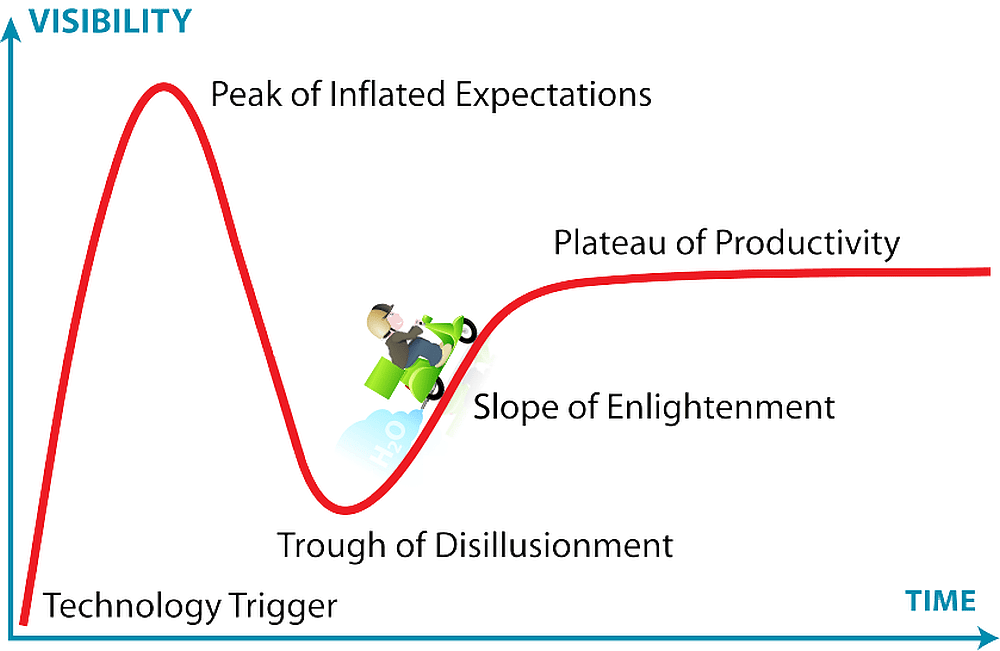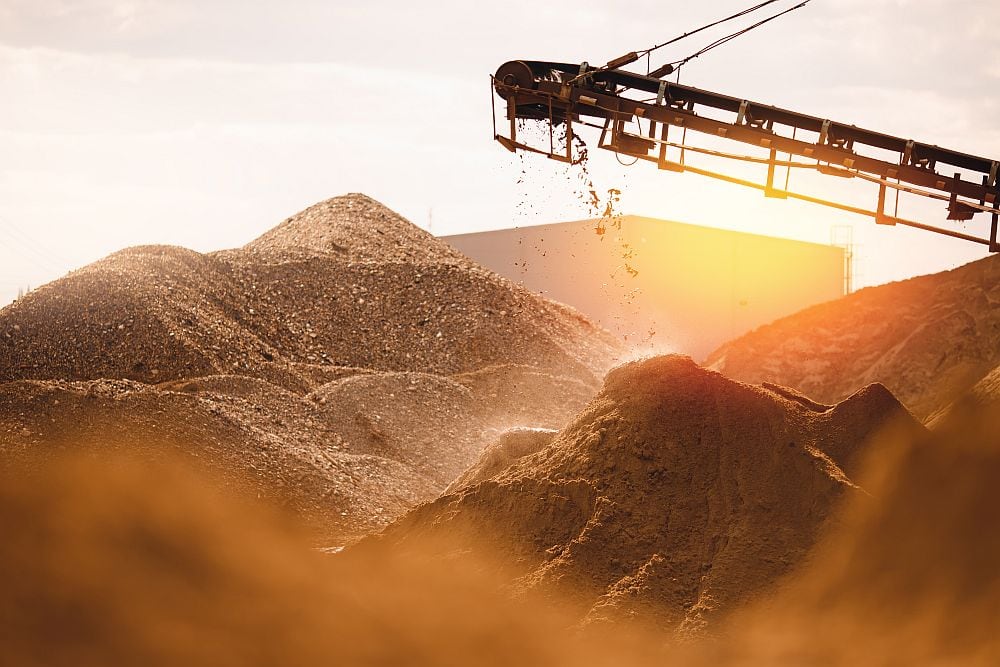
[Image above] A field of manganese nodules in the deep waters next to Hawaii. Extraction of polymetallic nodules is becoming of great interest to mining companies, but scientists worry about the short- and long-term environmental impacts. Credit: NOAA Office of Ocean Exploration and Research, 2015 Hohonu Moana
If you are a regular reader of CTT, then you may remember a post I wrote in January about the concept of deep sea mining.
Deep sea mining refers to mineral retrieval processes that take place on the ocean floor. These processes are of great interest to mining companies as terrestrial deposits of certain minerals are depleted and demand for rare earth minerals increases.
Since interest in deep sea mining initially picked up in the 1960s, pursuit of this strategy has ebbed and flowed. Currently, interest again is on the upward swing, but the push by mining companies to start mining as soon as possible has marine scientists worried.
When mining technologies dredge the ocean floor, they stir up collections of sand, dirt, and rocks known as “sediment plumes.” The immediate and long-term effects of these plumes on the marine environment is an open question, and one that scientists want better answers for before companies begin aggressively mining the deep.
The DISCOL experiment in the Peru Basin is one project looking to answer some of these questions. DISCOL, which stands for “DISturbance and reCOLonization,” was the first large-scale experiment to investigate the possible impacts of future commercial manganese nodule mining from the deep sea.
The experiment started in 1989 when 10.8 km2 of seafloor were ploughed with a plough harrow. In the years following, the German government funded several cruises to the area to collect data on the ecosystem at three distinct sites:
- Inside the original plough tracks
- Outside the plough tracks
- At reference sites, where no ploughing occurred
In recent years, data collected from these missions has been digitalized and uploaded to scientific databases to support investigations of deep sea mining. And while researchers have published numerous studies based on these data, so far the analyses have focused on temporal (time-based) dynamics that lack an integrated food-web perspective “because not all ecosystem components were addressed during the early years of the experiment, i.e. prokaryotes, meiofauna, and high taxonomic resolution of megafauna were missing,” researchers write in a recent open-access paper.
The researchers come from several universities and institutes in Europe, and they are based around first authors Daniëlle de Jonge, Ph.D. researcher at Heriot-Watt University (Scotland), and Tanja Stratmann, researcher at the Max Planck Institute for Marine Microbiology (Germany) and Utrecht University (the Netherlands).
They explain that an extensive sampling campaign at the DISCOL site in 2015 collected data on many ecosystem components not addressed in the early years, including the smaller metazoan (e.g., nematodes) and microbial domain. “This recent dataset allows the construction of food-web models at spatially [rather than temporally] separated disturbed and reference sites … [which] can help to understand temporal recovery dynamics on decadal time scales,” they write.
For their spatial study, the researchers focused on carbon flows at the three distinct sites mentioned above as a measure of recovery dynamics. Carbon flows are part of the carbon cycle, or the process in which carbon travels from the atmosphere into organisms and the Earth and then back into the atmosphere. The flow of carbon in the marine environment plays a significant role in both the aquatic food web and the amount of CO2 in the atmosphere.
The researchers used linear inverse modeling to estimate carbon flows among food-web compartments in predefined topological food webs based on biomass, feeding preferences, growth efficiencies, and respiration rates. (See the schematic for details.)
This information was then used to estimate total system throughput, i.e., the sum of all carbon flows in the food web, and microbial loop functioning, i.e., carbon-cycling through the prokaryotic compartment for each site.

Schematic representation of the topological food web used for modeling. White boxes show all food-web compartments inside the model, whereas black boxes show external compartments that were not explicitly modelled. Grey boxes show the feeding types bacterivores, filter and suspension feeders, deposit feeders, predators, omnivores, and fish. Credit: Jonge et al., Progress in Oceanography (CC BY 4.0)
Modeling revealed that both the estimated total system throughput and the microbial loop cycling (which accounts for roughly 90% of overall estimated respiration) were significantly reduced by 16% and 35%, respectively, inside the plough tracks compared to the other two sites.
Interestingly, faunal respiration appeared to have recovered and sometimes exceeded the reference values. However, “although overall faunal [carbon] cycling was not significantly impacted, the importance of food source was shifted away from the microbial community towards deposited detritus,” the researchers write. This shift could potentially cause problems in the future, when “the [carbon] demand will be higher due to increased metabolic rates with higher temperatures, but the detritus deposited on abyssal sediments will likely be of lower quantity and quality.”

Diagram summarizing the most important changes in modeled carbon flows among the reference site (REF), outside the plough tracks (OPT), and inside the plough tracks (IPT). Width of the black arrows corresponds to the flow magnitude (mmol C m-2 d-1) squared. The white arrows have flow magnitudes too small to scale in the figure. The enlarged white flows are enlarged 100x for comparison with the scaled (i.e., black) arrows. Credit: Jonge et al., Progress in Oceanography (CC BY 4.0)
The researchers conclude the study shows mining of polymetallic nodules will likely reduce ecosystem functioning on at least decadal time scales. But “You also have to consider that the disturbance caused by real deep-seabed mining will be much heavier than the one we’re looking at here,” de Jonge adds in a Max Planck Institute for Marine Microbiology press release. “Depending on the technology, it will probably remove the uppermost 15 centimeters of the sediment over a much larger area, thus multiplying the effect and substantially increasing recovery times.”
The open-access paper, published in Progress in Oceanography, is “Abyssal food-web model indicates faunal carbon flow recovery and impaired microbial loop 26 years after a sediment disturbance experiment” (DOI: 10.1016/j.pocean.2020.102446).
Author
Lisa McDonald
CTT Categories
- Environment
- Market Insights
Related Posts
Hype cycles: The uphill climb for hydrogen bikes
June 26, 2025


